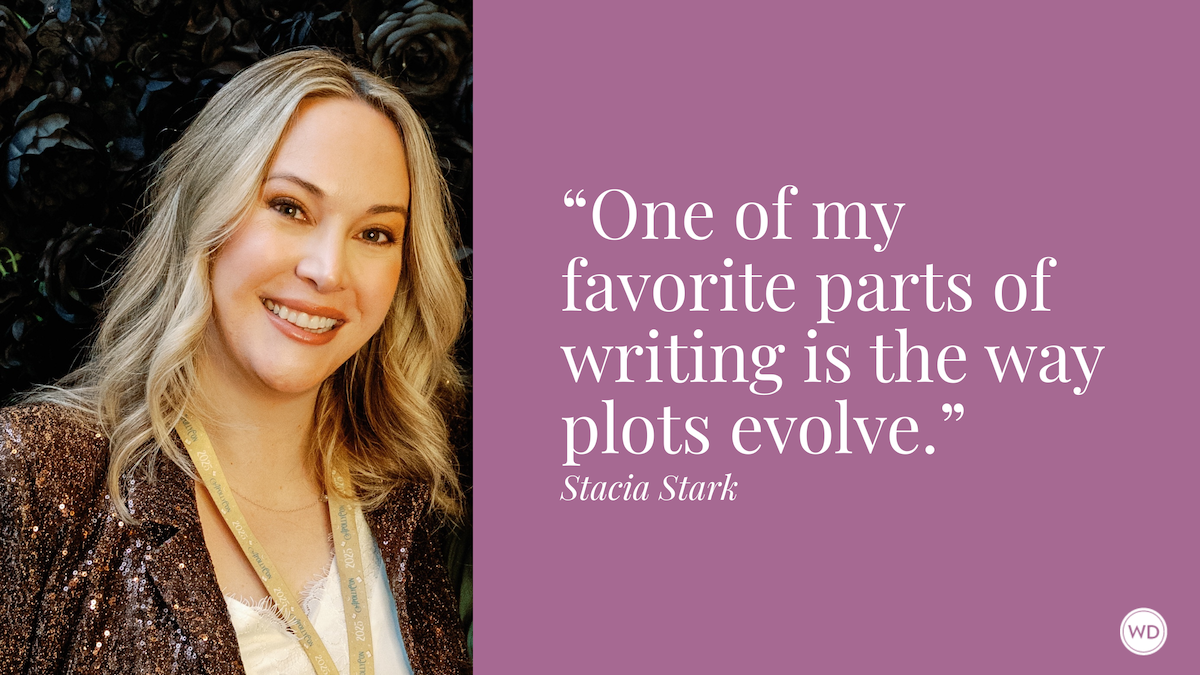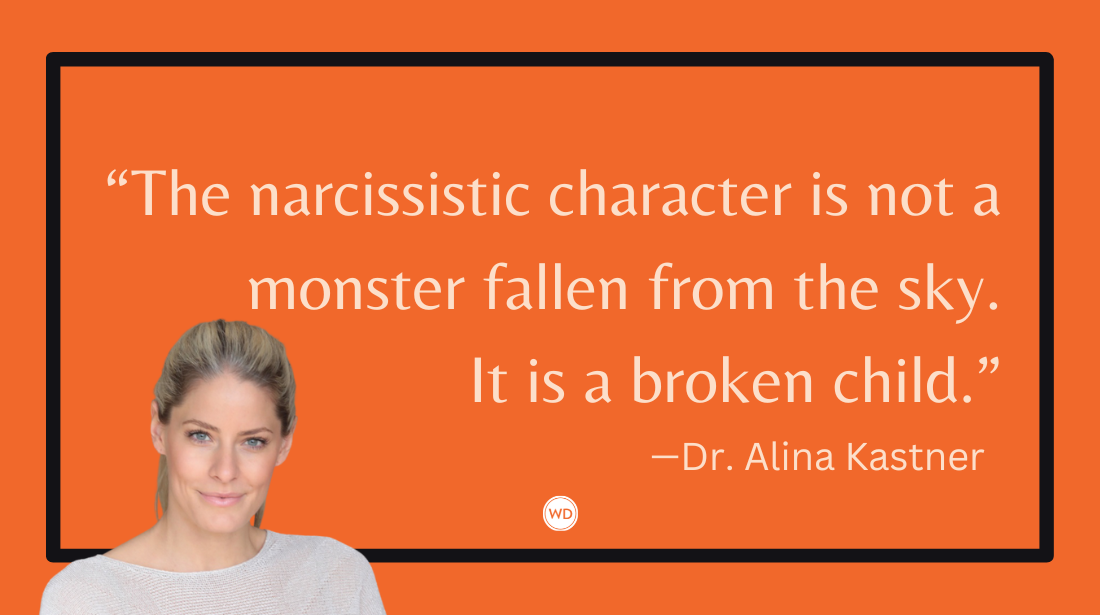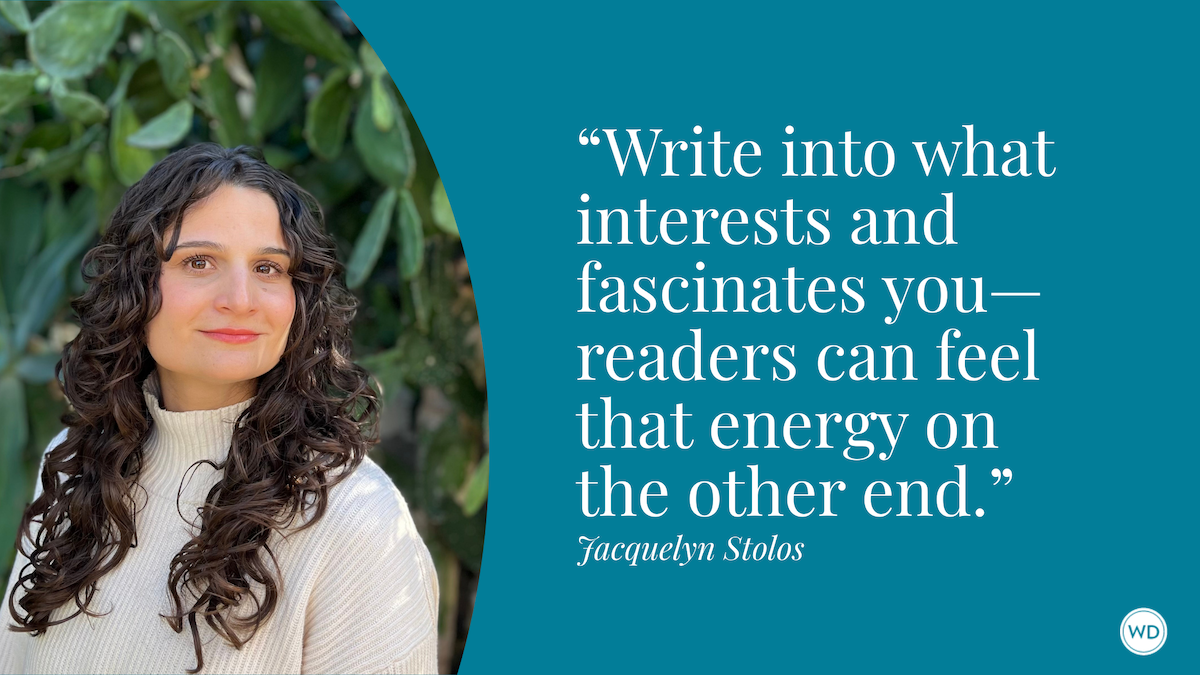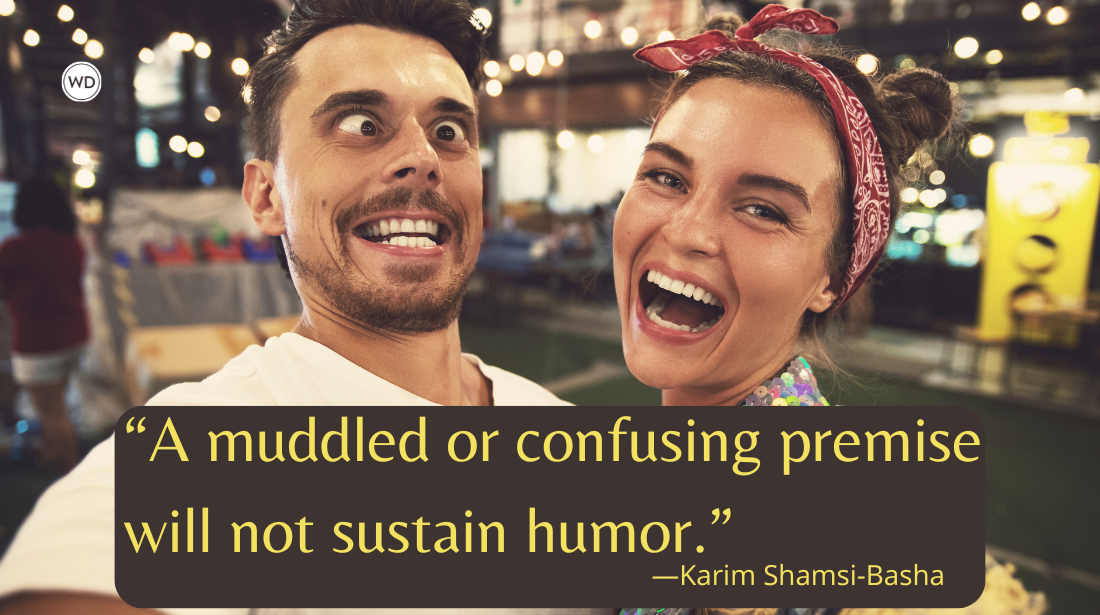True Crime as Inspiration for Fiction: The Good, the Bad, and the Ugly
YA thriller author Margot Harrison shares her thoughts on using true crime as inspiration for fiction, whether good or bad.
When I was 16, I fell in love with a book about murder. I have no idea how I stumbled on Theodore Dreiser’s classic novel An American Tragedy, but I remember vividly being sucked into the 800-page story of a young man who plots the murder of his inconvenient secret girlfriend. How does an ordinary, seemingly decent person end up doing something so terrible? Was I more than a little morbid to be asking myself this question at 16? Sure, but I couldn’t stop reading.
What I didn’t learn until later was that An American Tragedy was partially based on the real 1906 murder of a woman named Grace Brown. Back in 1925 when the book was published, the subgenre of fiction inspired by true crime was already thriving.
My debut novel, The Killer in Me, was part of that subgenre—with an accidental link to An American Tragedy. When Brown took her fatal trip to the Adirondacks with her lover and murderer, one of the places they stopped was Tupper Lake, N.Y. More than a century later, FBI agents reported that they believed a serial killer had buried one of his victims in that area. The same killer also struck near my home in Vermont in 2011, committing a seemingly random double murder that inspired my book.
It feels strange to say your fiction was inspired by a horrific crime. It feels like confessing something. After all, aren’t “inspirations” supposed to be positive? Inspiring?
Maybe, but I can’t seem to stay away from these dark sparks of stories. My new novel, Only She Came Back, is about a girl who is suspected of murdering her influencer boyfriend after he disappears on their cross-country road trip. Most readers will spot similarities to a recent high-profile case involving a #vanlife pairing that turned tragic. It’s not the novel’s only inspiration, but it’s undeniably one of them.
In the years since I wrote The Killer in Me, the popularity of podcasts such as “Serial” and “My Favorite Murder” has sent the true crime industry into overdrive. And that boom has provoked a backlash. In a 2021 Gawker essay, for instance, author Emma Berquist argued that “True Crime Is Rotting Our Brains.” True crime stories make us crass and paranoid, she and other critics charge. Treating murder as entertainment appeals to our most ghoulish instincts and shows disrespect to the victims of crime.
There’s merit to those claims, and they’ve made me think hard about where I get my stories. Do fiction writers who draw inspiration from real tragedies play to the same salacious instincts as some podcasters and YouTubers do? When you base your story on a true crime, are you profiting off someone’s pain?
Recent years have seen increasing debate about whether fiction writers should be “allowed” to draw inspiration from other people’s experiences at all. Take the controversy surrounding the viral short story “Cat Person,” for instance, or the lawsuits chronicled in the New York Times story “Who Is the Bad Art Friend?”
Why do so many writers draw inspiration from real tragedies that are not their tragedies? I think it’s natural for people who hear memorable or disturbing stories to weave those stories into the fabric of their lives. Shocking events force us to contemplate human nature in new ways, and from that contemplation arise new stories.
True crime accounts can be exploitative, or they can be crafted with care and respect. The same goes for fiction inspired by true crime. The difference is that fiction gives the writer the freedom to explore the questions raised by a story as it takes on its own life in the popular imagination.
Dreiser, for instance, used the story of a murder in the Adirondacks to show how Americans of his era were warped by the ruthless pursuit of wealth. The true crime cases that inspired Only She Came Back made me think about my own era—for instance, the power of social media to shape the narratives of our lives. They also made me realize how, for all our progress since Dreiser’s time, women are still often judged more harshly than men, especially women who are perceived as being prone to “drama.”
In Only She Came Back, social media lends a false intimacy to the influencer’s disappearance, making every spectator feel like a potential detective. The narrator is a true crime fan who hopes to increase her own clout by getting close to the suspect. And that suspect is a young woman who quickly becomes notorious because she fits the stereotypical profile of a victim, not a perpetrator.
Check out Margot Harrison's Only She Came Back here:
(WD uses affiliate links)
The novel explores issues of grooming and emotional abuse and why it can be hard for people to ask for help. I hope it also puts a critical spotlight on the true crime influencers who speculate wildly about still-developing cases, poring over social media for “clues.”
True crime-inspired fiction is never just a fictional embroidering of facts; it’s about how and why the facts live rent-free in our heads. Sure, we should probably stop being obsessed with the remote possibility of being targeted by a serial killer. Yet many of us continue to be obsessed, just as we fixate on female victims and their opposite numbers, female villains and femme fatales. Why are these archetypes so powerful? Fiction can dissect our motivations.
I write true crime-inspired fiction for the same reason I devoured Dreiser’s novel: I can’t stop thinking about worst-case scenarios and the dark side of human nature. I don’t think human beings will ever shake that fascination—which, as An American Tragedy shows, predates the current true crime boom. But I hope Only She Came Back encourages readers who consume true crime stories to consider where those archetypes come from and the preconceptions and prejudices they represent.
By all means, let’s take a critical look at the true crime genre. But let’s not pretend it doesn’t reflect something about who we are.
Margot Harrison is the author of the YA thrillers We Made It All Up, The Glare, and The Killer in Me, which was a finalist for the Vermont Book Award. She writes for the newspaper Seven Days and posts vintage YA book reviews and skits about her weird childhood on TikTok @MargotFHarrison. Also find her on Instagram and Twitter at @MargotFHarrison.









